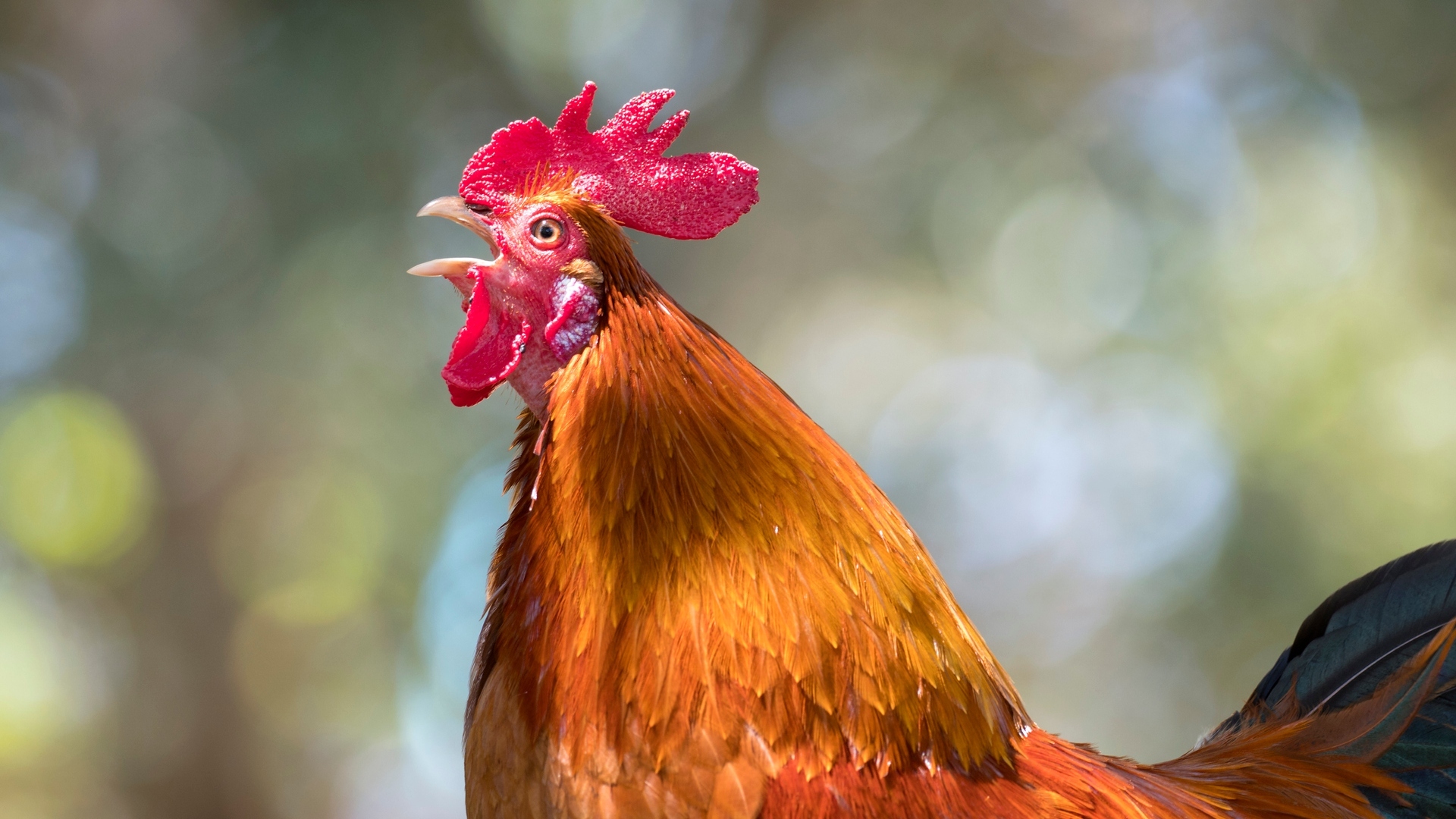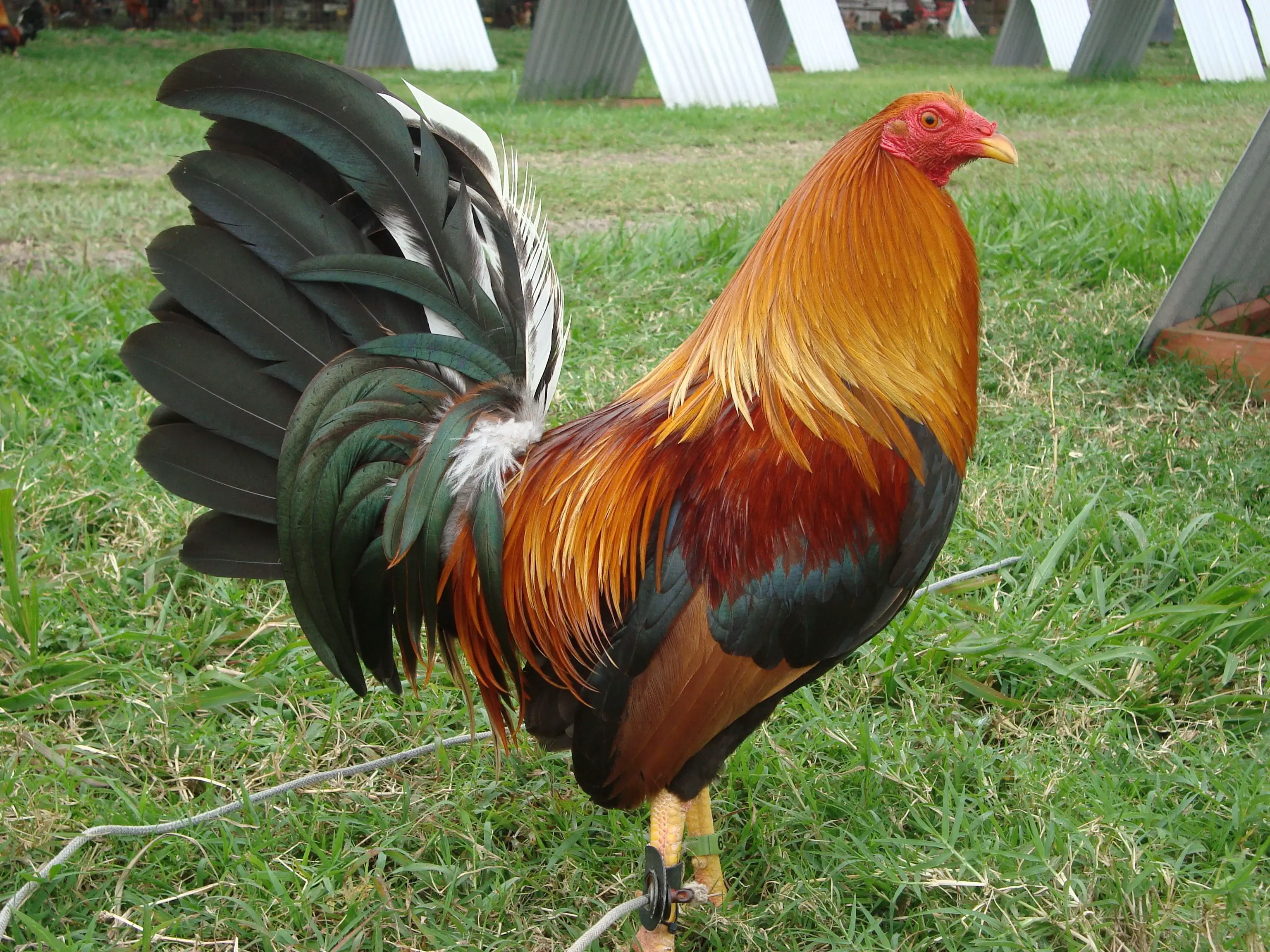Hey there, folks! Let's dive straight into something that's been captivating hearts and imaginations for years. If you're here, chances are you've heard whispers about El Gallo. Maybe it's that rooster-shaped icon on a bottle, or perhaps it's the spirit behind a story that’s been passed down through generations. Whatever brought you here, you're in for a treat. This ain't just about a name or a logo—it's about diving deep into the heart of tradition, culture, and a little bit of magic.
Now, if you're wondering what the fuss is all about, let me break it down. El Gallo isn’t just a random word thrown around; it carries weight, history, and meaning. It’s like the cool uncle at family gatherings who always has a story to tell. In this article, we’re going to peel back the layers and uncover everything you need to know about El Gallo. From its origins to its modern-day influence, we’re going all in.
So, grab your favorite drink, sit back, and let’s unravel the tale of El Gallo together. This is more than just an article—it’s a journey. And trust me, by the time you finish reading, you’ll have a newfound appreciation for what this symbol truly represents. Let’s get to it!
Read also:Ana Chi Nude A Deep Dive Into The Sensational Topic
What Exactly is El Gallo?
Alright, let’s start with the basics. What exactly is El Gallo? Picture this: a rooster. But not just any rooster—it’s the kind that stands tall, proud, and ready to take on the world. In Spanish, "El Gallo" translates to "The Rooster," and it’s a symbol that’s deeply rooted in Latin culture. Whether it’s in folklore, art, or even branding, this iconic figure has made its mark in countless ways.
Think of El Gallo as more than just an animal. It’s a representation of strength, resilience, and even a little bit of flair. In many cultures, roosters are seen as symbols of vigilance and protection. They’re the ones who wake up the world with their crow, reminding everyone that a new day is here. And when it comes to El Gallo, that symbolism takes on a life of its own.
Historical Roots of El Gallo
Let’s rewind for a moment and explore the historical roots of El Gallo. This isn’t just a recent trend; it’s been around for centuries. In ancient times, roosters were considered sacred in many cultures. They were seen as messengers of the gods, bridging the gap between the earthly and the divine. In Latin America, the rooster became a symbol of pride and identity, often depicted in traditional art and music.
Over time, El Gallo evolved from a simple animal to a cultural icon. It started appearing in literature, folklore, and even religious practices. Stories of brave roosters protecting their flocks became legends, passed down through generations. And as societies grew, so did the significance of this powerful symbol.
Cultural Significance of El Gallo
Now, let’s talk about the cultural significance of El Gallo. In many Latin American countries, the rooster is more than just an animal—it’s a way of life. It represents the values of family, community, and hard work. Think about it: roosters are known for their dedication and loyalty. They wake up early, work tirelessly, and protect their families with everything they’ve got. These traits resonate deeply with many cultures, making El Gallo a universal symbol of strength and perseverance.
But it’s not just about the rooster itself. El Gallo also represents the vibrant culture it comes from. From colorful fiestas to traditional dances, the rooster is often depicted in celebrations across Latin America. It’s a reminder of the rich heritage and traditions that make this part of the world so unique.
Read also:Blonde Adobo A Golden Twist To The Filipino Classic
El Gallo in Art and Literature
Speaking of art and literature, El Gallo has made quite the splash in these fields. Artists have been inspired by the rooster’s boldness and beauty, creating stunning pieces that capture its essence. From paintings to sculptures, the rooster’s image has been immortalized in countless forms. And in literature, poets and writers have used El Gallo as a metaphor for courage, resilience, and even rebellion.
One famous example is the poem "El Gallo de Oro" by Rafael Pombo. In this masterpiece, the rooster is portrayed as a hero, standing up against adversity and fighting for what’s right. It’s a powerful reminder of the impact that symbols can have on our lives.
El Gallo in Modern Times
Fast forward to today, and El Gallo is still as relevant as ever. In the modern world, it’s become a symbol of authenticity and tradition in a rapidly changing society. Brands have capitalized on this by incorporating the rooster into their logos and marketing campaigns. Think of Gallo Wines or El Gallo Dorado—both use the rooster to convey a sense of heritage and quality.
But it’s not just about branding. El Gallo has also made its way into pop culture, appearing in movies, music, and even social media. Celebrities have been spotted wearing rooster-inspired outfits, and influencers have dedicated entire posts to the iconic symbol. It’s proof that El Gallo isn’t just a relic of the past—it’s a living, breathing part of our present.
El Gallo in Advertising
When it comes to advertising, El Gallo has proven to be a goldmine. Companies have tapped into the emotional connection people have with the rooster, using it to create campaigns that resonate on a personal level. Whether it’s promoting family values or highlighting the importance of tradition, the rooster has become a powerful marketing tool.
One notable example is the "Gallo de Oro" campaign, which focuses on the idea of "winning against all odds." By aligning their brand with the resilience of the rooster, companies have successfully connected with their target audience. It’s a testament to the enduring power of symbols like El Gallo.
El Gallo in Everyday Life
But let’s bring it back to the everyday. How does El Gallo show up in our daily lives? For many, it’s a reminder of home. Whether it’s a rooster-shaped statue on a shelf or a painting on the wall, the presence of El Gallo brings a sense of comfort and nostalgia. It’s like having a little piece of your roots with you, no matter where you are.
And let’s not forget the food! In many Latin American households, dishes like "Pollo al Pastor" or "Arroz con Pollo" are staples. These meals often feature rooster-inspired flavors, adding a touch of tradition to the dining table. It’s a way of keeping the culture alive, one bite at a time.
El Gallo in Celebrations
Celebrations are another area where El Gallo shines. From weddings to birthdays, the rooster makes an appearance in countless festivities. It’s not uncommon to see rooster-shaped piñatas at children’s parties or rooster-themed decorations at family gatherings. These little touches add a sense of fun and whimsy, making every event more memorable.
And let’s not forget the music! Traditional Latin music often features lyrics about roosters, celebrating their bravery and spirit. Songs like "El Gallo Ciego" or "El Gallo de Oro" have become classics, passed down through generations. It’s a reminder that music, like the rooster itself, has the power to bring people together.
El Gallo in Business and Branding
Now, let’s talk about the business side of things. El Gallo has become a powerhouse in the world of branding. Companies have recognized the emotional connection people have with the rooster and have used it to their advantage. Whether it’s in product design, packaging, or marketing, the rooster has proven to be a winning strategy.
Take Gallo Wines, for example. Their logo features a proud rooster, symbolizing quality and tradition. It’s a brand that people trust, and the rooster plays a big role in that. Similarly, El Gallo Dorado uses the rooster to convey a sense of authenticity and heritage. It’s a reminder that symbols like El Gallo can have a lasting impact on consumer behavior.
El Gallo in Social Media
With the rise of social media, El Gallo has found a new platform to shine. Influencers and content creators have embraced the rooster, using it to connect with their audience. From rooster-inspired fashion to rooster-themed challenges, the possibilities are endless. It’s a way of keeping the tradition alive while also embracing the modern world.
And let’s not forget the power of hashtags. #ElGallo has become a popular trend on platforms like Instagram and Twitter, with users sharing their own stories and experiences. It’s a community-driven movement that highlights the universal appeal of this iconic symbol.
El Gallo in Global Culture
While El Gallo may have originated in Latin America, its influence has spread far and wide. Today, it’s recognized and celebrated across the globe. From art exhibitions to international festivals, the rooster has become a symbol of unity and diversity. It’s proof that culture knows no boundaries and that symbols like El Gallo can transcend borders.
In fact, many countries have adopted the rooster as a symbol of their own. In France, for example, the rooster is a national emblem, representing values like courage and determination. It’s a testament to the universal appeal of this powerful symbol.
El Gallo in Global Business
On the business front, El Gallo has also made waves on the global stage. Companies from all over the world have incorporated the rooster into their branding strategies, recognizing its ability to connect with diverse audiences. From luxury fashion brands to tech startups, the rooster has become a go-to symbol for innovation and tradition.
And let’s not forget the impact of globalization. As cultures continue to blend and merge, symbols like El Gallo have become even more relevant. They remind us of our shared humanity and the importance of preserving our heritage, no matter where we come from.
Conclusion: Why El Gallo Matters
So, there you have it—a deep dive into the world of El Gallo. From its historical roots to its modern-day influence, this iconic symbol has proven to be more than just a rooster. It’s a representation of strength, resilience, and tradition in a rapidly changing world.
As we’ve explored, El Gallo isn’t just about the past—it’s about the present and the future. It’s a reminder that symbols have the power to unite us, inspire us, and guide us. Whether you’re a fan of art, music, or business, there’s something about El Gallo that resonates on a personal level.
So, what’s next? We invite you to share your thoughts in the comments below. Have you ever encountered El Gallo in your own life? What does it mean to you? And if you enjoyed this article, don’t forget to share it with your friends and family. Let’s keep the conversation going and celebrate the power of symbols like El Gallo together.
Table of Contents


